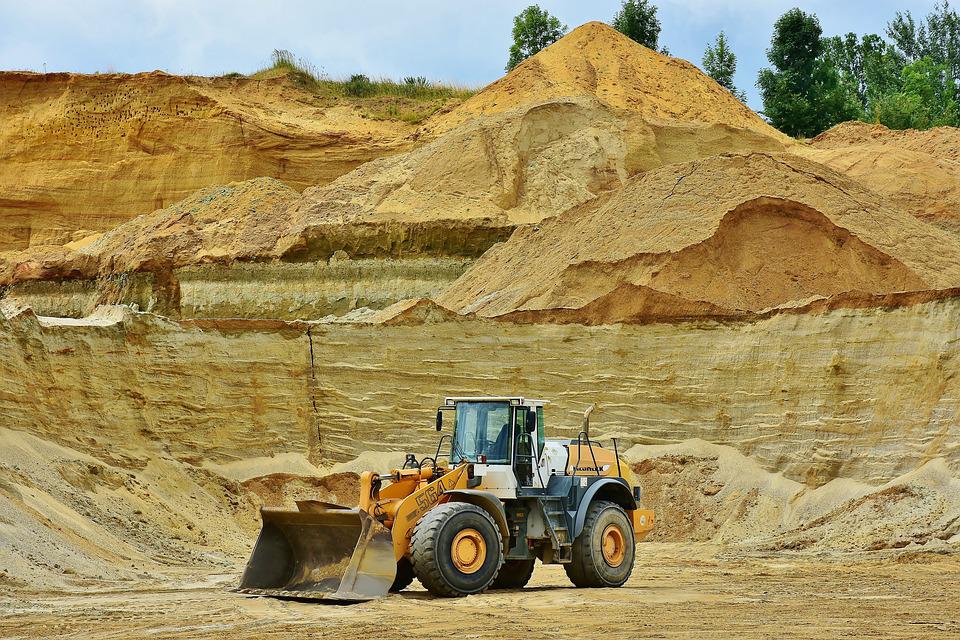The Australian government expects global commodity trade to be further reshuffled over the next year as new sanctions are imposed on Russia: as developed Western nations shy away from Russian raw materials, some of them are diverted to China and India.
As a result, China and India are now buying fewer shipments of non-Russian energy products, allowing them to be diverted to developed nations.
From the Department of Industry, Science and Resources‘ angle, high prices will provoke a supply response now that it looks like Russian exports will be banned by the West in the near future.
So the sharp increase in U.S. LNG exports expected over the next few years will likely displace Russian gas/LNG supply to the West.
Meanwhile, the U.S. Federal Reserve has signaled further moves toward neutral monetary policy during the second half of 2022 and early 2023 in an attempt to contain a sharper-than-expected rise in U.S. inflation.
The pace of Fed action will depend partly on the extent of the fallout from the Russian invasion of Ukraine and partly on the strength of the U.S. dollar.
Prior to the Russian invasion of Ukraine, the outlook was for strong growth in the global economy in 2022 and 2023 as vaccination rates and anti-infection drugs improved and became more affordable.
Global commodity trade
The outlook for 2022 is now much more uncertain: high energy and food prices are impacting growth and inflation.
The OECD forecasts global GDP growth of 3.0% in 2022 and 2.8% in 2023, with China’s growth forecast at 4.4% in 2022, rising to 4.9% in 2023.
![]()

